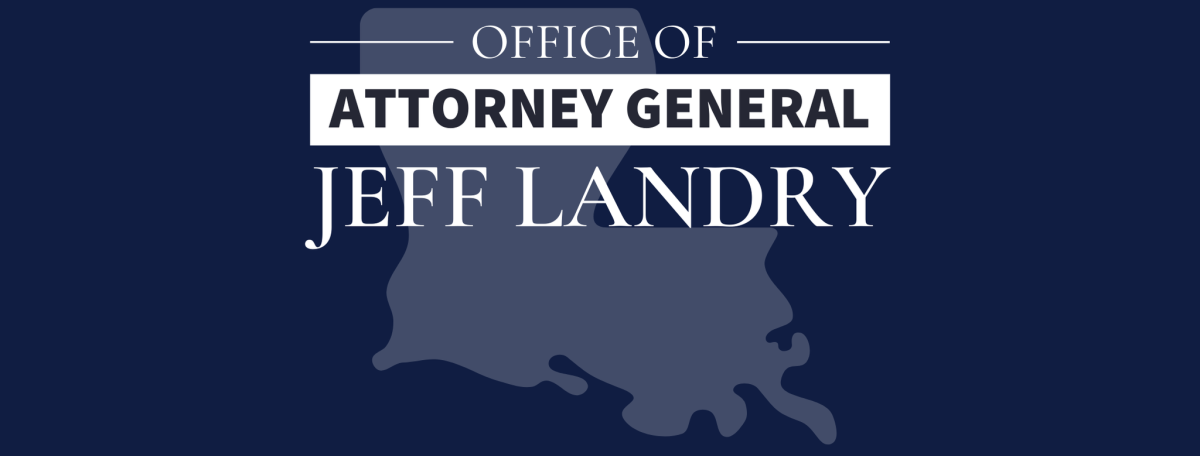
Two Houma Men Cited for Harvesting Oysters from a Polluted Area
June 10, 2023
TPSO investigating Thibodaux homicide
June 11, 2023By Attorney General Jeff Landry
Louisiana is no stranger to floods. In fact, our State probably has the most expertise in the Nation on flooding, flood mapping, flood surges, and flood protection. We know how to decrease risk and protect our communities without waiting for guidance from the federal government. That is why we have taken initiative, collected tax dollars, and built sprawling levee systems in our most vulnerable areas with great success. And every Hurricane Season, when we remind our people to be prepared, our State has taken heed of that message.
Unfortunately, when we tried to warn the Federal government that their plans for flood insurance premiums would decimate entire economies – especially along the Gulf Coast – they refused to listen. Now, after years of consistent flood insurance premiums, transparency, and reliable flood maps, homeowners are suddenly seeing a sharp spike in their flood insurance costs.
For example, Russell Hebert and his wife built their home back in 1972; Steve Bourgeois and his family have lived in theirs for 57 years. Both enrolled in the National Flood Insurance Program, which is mandatory for government-backed mortgages. They both live in a parish where tax dollars have gone towards mitigating the risk of hurricanes and floods with levees constructed, pumps installed, and other protection mechanisms completed. Yet Russell’s flood insurance, which costs a little over $3,000 two years ago, now requires him to pay $5,600 for the exact same coverage. Steve, whose premium was a little over $600 is now over $6,000 – all thanks to FEMA’s Risk Rating 2.0, also known as “Equity in Action.”
At the root of this problem is gross speculation. For instance, Steve’s property has never flooded and has never been considered part of a flood zone before; but FEMA has repeatedly refused to explain why their flood map has changed or how their calculations were made. What’s more: FEMA is refusing to take into account all of the risks mitigated through local investment and planning like building levees, elevating homes, and more. Before Equity in Action, those mitigation measures would have resulted in discounted premiums; now, premiums are more expensive than ever, based on a secret program with secret math.
FEMA used their legacy rating system for 52 years, basing flood insurance premiums on historical, discernible data in order to achieve what Congress dictated back in 1968: make flood insurance coverage affordable and available so that flood victims would not be overly-reliant on post-flood financial aid or disaster relief. Today, Risk Rating 2.0 is its own disaster both in Louisiana and across our country, where roughly 50% of people live and work near water.
This is why Solicitor General Liz Murrill and I are leading a broad coalition of 10 states, 43 parishes, 12 levee boards, and a couple of municipalities in suing FEMA. Naturally, we are grateful for the assistance Louisiana has received from the federal government after many natural disasters; and there are certainly good people who work at these agencies. But Risk Rating 2.0 violates the transparency mandate that Congress specifically required. Even worse, it puts too many families at risk of bankruptcy or foreclosure.
So my legal petition asks the court for relief – not only for the people of Louisiana, but also for every American who risks losing their home and shutting down their small business after doing everything right.
It is unfortunate that it had to come to this; but after years of trying to negotiate, our only choice was to sue FEMA for relief or stand back and watch as our citizens hand over the keys to their homes and small businesses. We have chosen to fight for you.






